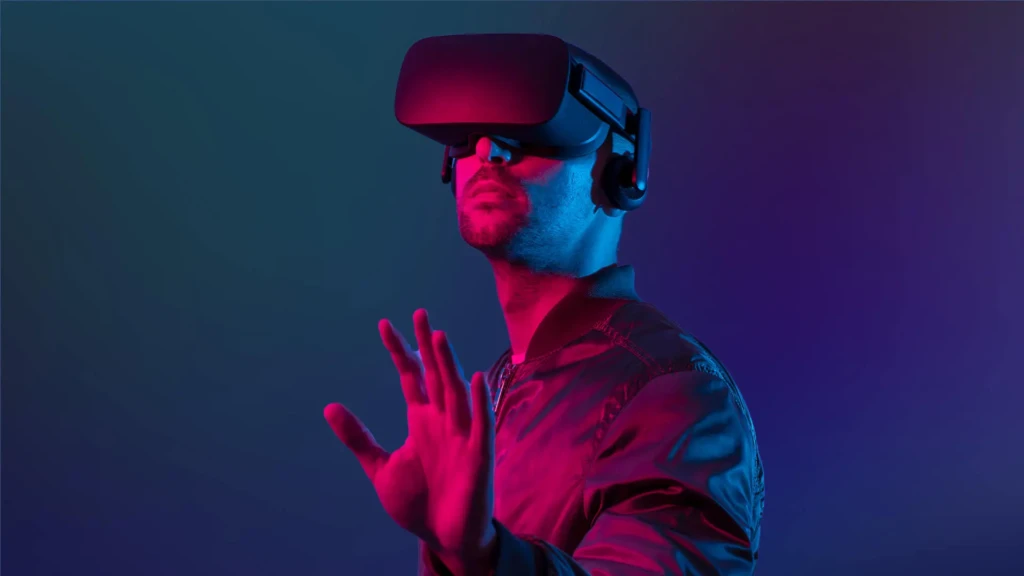What Does XR Mean in Reality?
What does XR mean in reality? This question has become increasingly relevant as the line between the physical and digital worlds continues to blur. XR, short for Extended Reality, is not a single technology but a spectrum that includes Virtual Reality (VR), Augmented Reality (AR), and Mixed Reality (MR). Together, these immersive technologies are reshaping how we interact with information, entertainment, and even each other.
In this investigative analysis, we explore the origins, applications, and future of XR, uncovering how it is already redefining reality in profound ways.
Understanding What XR Means in Reality
To answer the question what does XR mean in reality, it’s important to break down its components:
- Virtual Reality (VR): Fully immersive digital environments that replace the physical world. Users often wear headsets like the Meta Quest or PlayStation VR to step inside virtual spaces.
- Augmented Reality (AR): Digital overlays on the physical world. Popular examples include AR filters on Instagram or navigation aids on smart glasses.
- Mixed Reality (MR): A hybrid where digital objects interact with the real world in real time, such as Microsoft’s HoloLens applications in industrial design.
The term “XR” serves as an umbrella, signifying that these experiences exist on a continuum—from minimal digital augmentation to complete immersion.
The Evolution of XR Technology
From Science Fiction to Daily Reality
What does XR mean in reality when we trace its history? The concept originated in science fiction novels of the 20th century. Early VR experiments in the 1960s, such as Morton Heilig’s “Sensorama,” laid the groundwork for modern XR devices.
Breakthrough Hardware and Software
The 2010s saw a surge in consumer-ready VR headsets and AR mobile apps. Advances in graphics processing, motion tracking, and 5G connectivity now allow XR to operate seamlessly, enabling interactive experiences once thought impossible.
Real-World Applications of XR
What does XR mean in reality for businesses, education, and entertainment? Its applications span across industries:
Healthcare and Medical Training
Doctors use XR simulations for surgery rehearsals and patient education. A Harvard Medical School study found that VR-based training improved surgical performance by 230%.
Remote Collaboration and Work
Enterprises leverage XR for virtual meetings and digital twin modeling, helping teams collaborate across continents. Tools like Microsoft Mesh create shared holographic spaces.
Entertainment and Gaming
From immersive concerts to next-generation gaming experiences, XR is redefining how audiences engage with content. The success of games like “Beat Saber” demonstrates how VR has already gone mainstream.
Education and Skill Development
Universities integrate XR to simulate complex environments—think chemistry labs or space missions—without the cost or risk of physical setups.
Economic Impact and Market Outlook
According to a PwC report, XR technologies could add $1.5 trillion to the global economy by 2030. Companies like Apple, Meta, and Google are heavily investing in XR ecosystems, signaling its significance for future innovation.
Challenges in Making XR a Reality
Despite rapid growth, XR faces hurdles:
- Hardware Costs: High-end headsets and sensors remain expensive for average consumers.
- Privacy Concerns: XR devices can collect vast amounts of biometric data.
- Health Effects: Extended use may cause eye strain or motion sickness.
These issues must be addressed for XR to achieve mass adoption.
The Future of XR
What does XR mean in reality when we look forward? Analysts predict XR will merge seamlessly with artificial intelligence (AI) and 5G networks, creating even more immersive, real-time experiences. Imagine cities with AR-enhanced navigation or workplaces where holographic colleagues are as common as emails.
Some experts foresee the eventual rise of the Metaverse, a persistent digital universe where XR serves as the primary interface.
Frequently Asked Questions
What does XR mean in reality for everyday users?
XR means interactive digital experiences that blend the real and virtual worlds, from AR apps on smartphones to fully immersive VR environments.
How is XR different from VR?
While VR focuses on complete immersion, XR includes AR and MR, offering a full spectrum of digital-physical interaction.
What does XR mean in reality for businesses?
XR helps companies train employees, reduce costs, and create new revenue streams through immersive marketing and product development.
Will XR replace smartphones?
Experts believe XR could become the next computing platform, but smartphones will likely coexist for years due to their portability and cost efficiency.
Analytical Conclusion
What does XR mean in reality? It represents a paradigm shift in how humans experience their world. XR technologies are breaking down the barriers between the digital and physical, transforming industries from healthcare to entertainment.
Looking ahead, XR’s future is tied to technological advancements in AI, network infrastructure, and user-friendly design. As costs fall and applications expand, XR could evolve from a cutting-edge novelty to a daily necessity—redefining not only how we see reality but how we live it.

